Rising Demand for Aesthetic Appeal
The Decorative Concrete Market experiences a notable increase in demand for aesthetic appeal in residential and commercial spaces. Consumers are increasingly seeking visually appealing surfaces that enhance the overall ambiance of their environments. This trend is driven by the growing awareness of design and architecture, where decorative concrete serves as a versatile solution. The market data indicates that the decorative concrete segment is projected to grow at a compound annual growth rate of approximately 5.5% over the next few years. This growth is attributed to the rising preference for decorative concrete in landscaping, flooring, and wall applications, as it offers a wide range of colors, textures, and finishes that cater to diverse design preferences.
Customization and Personalization Trends
The Decorative Concrete Market is increasingly shaped by trends in customization and personalization. Consumers are seeking unique and tailored solutions that reflect their individual tastes and preferences. Decorative concrete offers a wide array of options, from custom colors to personalized patterns, allowing for a high degree of creativity in design. Market data suggests that the demand for customized decorative concrete solutions is on the rise, as both residential and commercial clients look to create distinctive environments. This trend not only enhances customer satisfaction but also drives innovation within the industry, as manufacturers strive to meet the evolving needs of their clientele.
Sustainability and Eco-Friendly Solutions
The Decorative Concrete Market is witnessing a shift towards sustainability and eco-friendly solutions. As environmental concerns become more pronounced, consumers and businesses are increasingly opting for materials that minimize ecological impact. Decorative concrete, particularly when produced using recycled materials or low-emission processes, aligns with this trend. The market data suggests that the demand for sustainable construction materials is expected to rise, with decorative concrete being a preferred choice due to its durability and low maintenance requirements. This shift not only supports environmental goals but also appeals to a growing demographic that prioritizes sustainability in their purchasing decisions.
Technological Innovations in Concrete Design
Technological advancements play a crucial role in shaping the Decorative Concrete Market. Innovations in concrete mixing, application techniques, and finishing processes have led to enhanced product performance and design capabilities. For instance, the introduction of advanced coloring agents and stamping tools allows for more intricate designs and patterns. Market data indicates that the adoption of these technologies is likely to increase, as contractors and designers seek to differentiate their offerings. This trend not only improves the aesthetic quality of decorative concrete but also enhances its functional properties, making it a more attractive option for various applications.
Growth in Construction and Renovation Activities
The Decorative Concrete Market is significantly influenced by the growth in construction and renovation activities. As urbanization continues to expand, there is a rising demand for new residential and commercial buildings, which in turn drives the need for decorative concrete solutions. Market data reveals that the construction sector is expected to grow steadily, with decorative concrete being favored for its versatility and cost-effectiveness. Additionally, the renovation market is also thriving, as homeowners seek to upgrade their spaces with modern and stylish finishes. This dual demand from both new construction and renovation projects is likely to bolster the decorative concrete market.
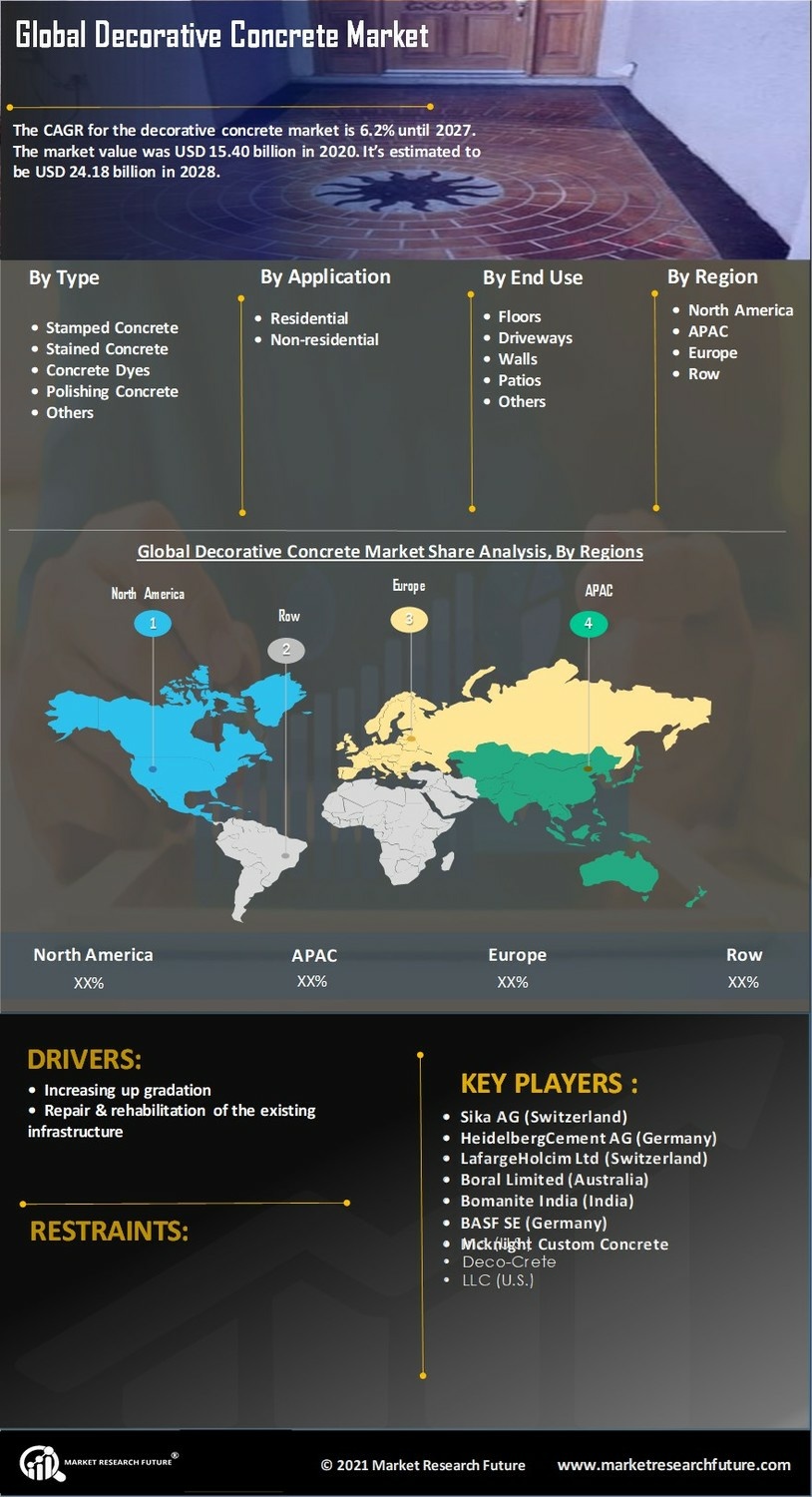

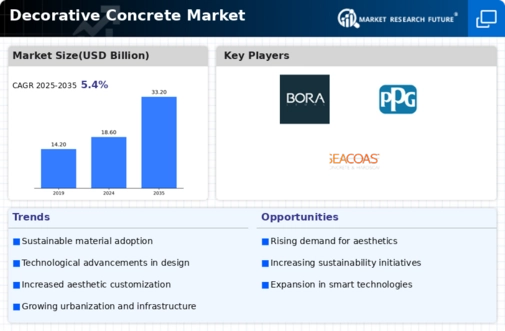
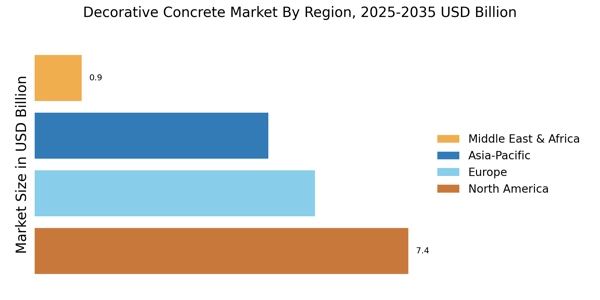

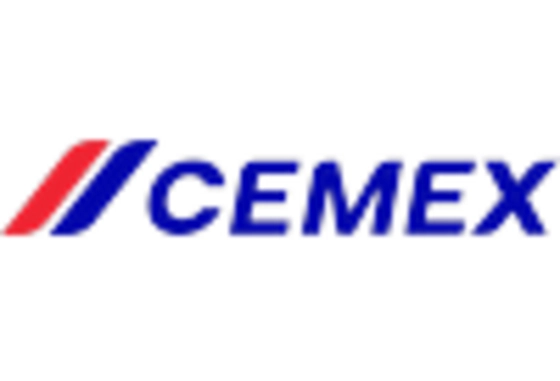
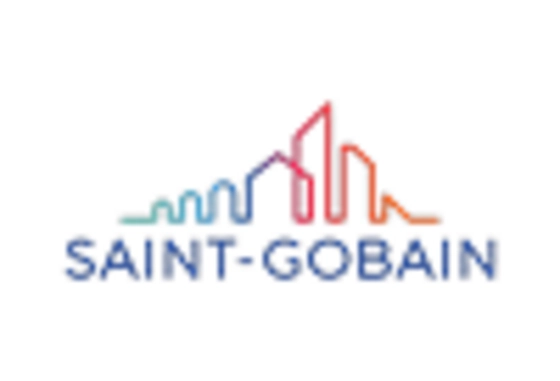
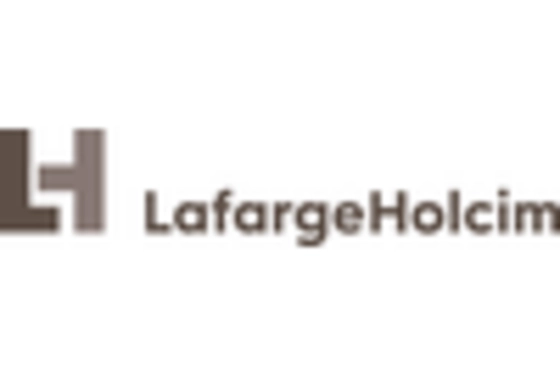
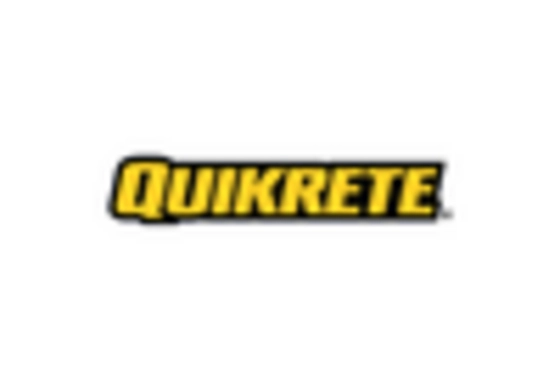
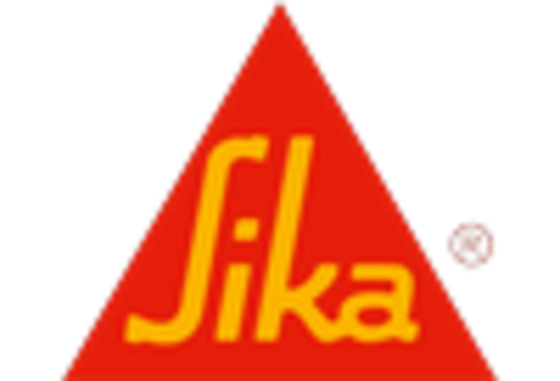








Leave a Comment